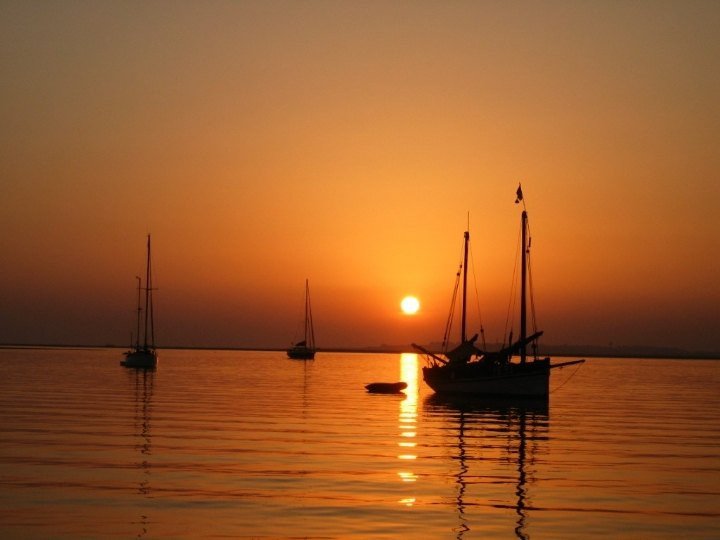The agreement signed last Wednesday, October 23, by the Vice President of the Government and Minister for the Ecological Transition and the Demographic Challenge, Teresa Ribera, and the Portuguese Minister of Environment and Energy, Maria da Graça Carvallo, during the Spanish-Portuguese summit held in Faro (Portugal), establishes the monthly flow regime in the final stretch of the Guadiana, in the Pomarão section. It has been reached after 25 years of negotiations that have intensified in recent months. In this way, the Albufeira Convention culminates, which regulates the use and conservation of waters shared between both countries.since this was the only cross-border point in which a flow regime had not been defined.
The agreed flows have as their main objective guarantee the good ecological status of the Guadiana estuary and equitably distribute the water resources available for socioeconomic uses in both countries. In order to preserve the balance and ensure the sustainable use of water, the regime is adapted to the seasonal needs of the aquatic environment, so that withdrawals will be carried out in an orderly and staggered manner, ensuring that sufficient flow is maintained in the estuary. to preserve aquatic fauna and prevent the entry of the “salt wedge”.
The agreed regime is monthly. It includes the ecological flow regime, increased with the volume necessary to guarantee socioeconomic uses, which reaches 90 hm³ distributed as 60 hm3 for Spain and 30 hm3 for Portugal.
As part of the commitment to environmental protection and sustainable management of water resources, along with the new water distribution regime, the commitment to establish a comprehensive monitoring program. This program aims to carry out rigorous control of the circulating flows, the captured flows and the ecological state of the estuary. Thus, the commitment of the authorities to environmental protection is reinforced, integrating the most advanced technology to measure and report the status of water resources in real time.
Pomarão and Bocachanza
Finally, The water intake at the Pomarão (Portugal) and Bocachanza (Spain) stations has been formally recognizedconsolidating the shared use of this vital resource.
In Orchardthe flow regime varies depending on the level of rainfall recorded. Thus, the volume destined for socioeconomic uses is adjusted based on the classification of the current year: dry, normal or humid. In normal and humid years up to 90 hm3 can be captured and in dry years 45 hm3. Finally, if the year is very dry, the water should be allocated to the ecological flow.

